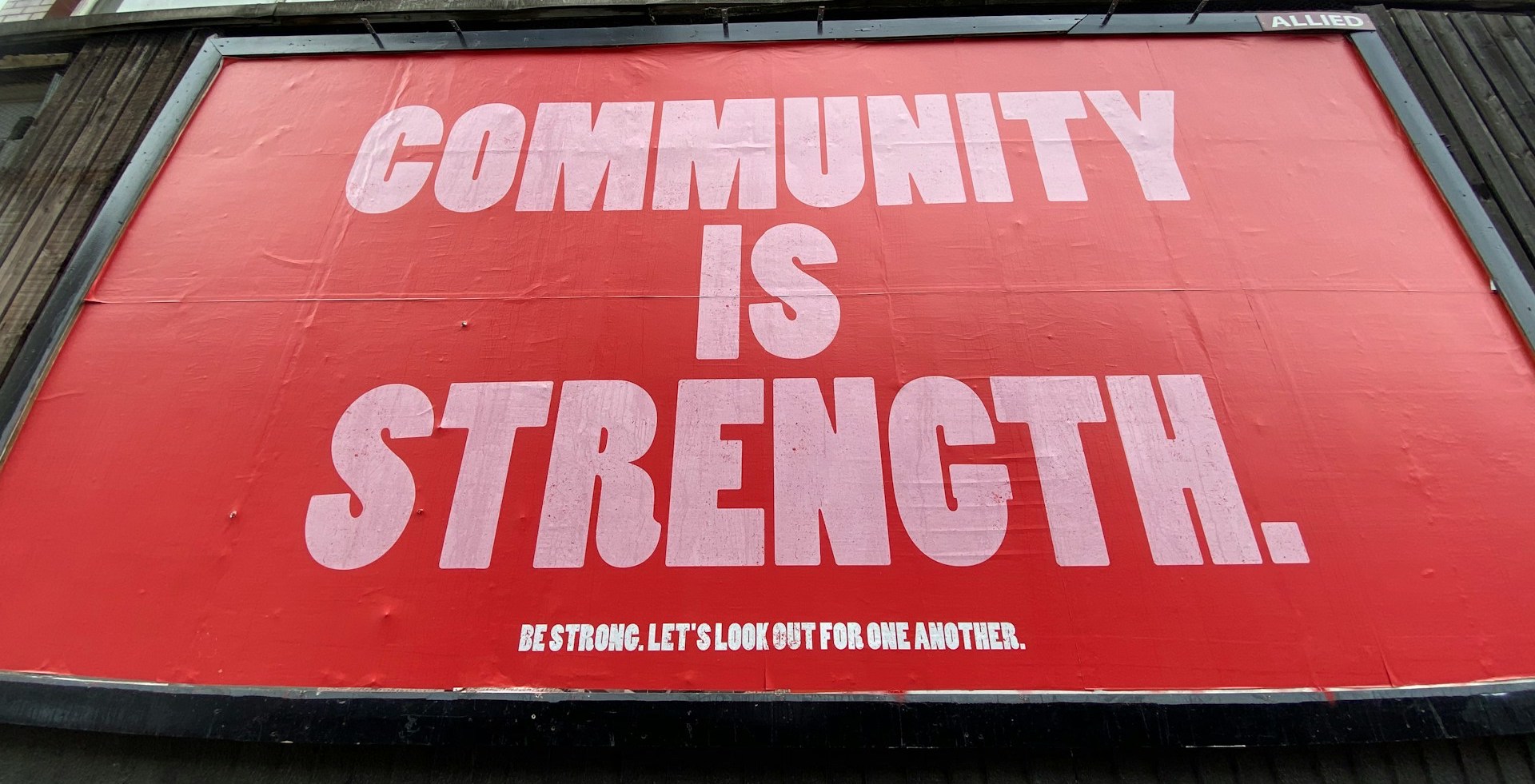Imagine a world where companies move beyond the confines of annual CSR reports, embracing a new standard of real-time, dynamic communication. Traditional CSR reports and landing pages, once the go-to method for showcasing efforts, are no longer sufficient on their own. Today’s stakeholders demand more than glossy, periodic updates. They seek continuous, real-time engagement and demonstrable actions that truly reflect a company’s commitment to responsibility.
This shift from static reporting to interactive, ongoing dialogue is not just a trend but a necessity. It’s about transforming CSR from a series of annual summaries into a living, breathing narrative that evolves with every action and decision. Stakeholders want to be part of the journey, witnessing and participating in the company’s social and environmental initiatives as they unfold. This real-time engagement fosters deeper connections, builds trust, and ensures that CSR efforts are not only seen but also felt and appreciated.
The Evolution of CSR Reporting
CSR reporting has evolved significantly over the past few decades. Initially, these reports served as a tool for companies to showcase their efforts in areas such as environmental sustainability, social equity, and ethical governance. However, as expectations from consumers, investors, and other stakeholders have grown, the limitations of traditional CSR reports have become more apparent.
Let’s take a closer look at the limitations to see why the shift from reports to real-time communication is essential for modern CSR.
1. Infrequency of Reporting: Traditional CSR reports are often published annually, leaving long gaps between updates. In a fast-paced world, this infrequency can make the information seem outdated and less relevant.
2. Lack of Real-Time Data: CSR reports typically provide a snapshot of past activities rather than current or real-time data. Stakeholders increasingly want to know what companies are doing right now to address pressing social and environmental issues.

3. One-Way Communication: CSR reports are often a one-way communication tool, lacking the interactivity that modern audiences crave. They do not provide an avenue for stakeholder engagement or feedback.
4. Perception of PR Spin: There is a growing skepticism that CSR reports are more about public relations than genuine accountability. Stakeholders are wary of polished narratives that may gloss over less favorable aspects of a company’s operations.
5. Limited Scope: Traditional reports may not cover the full spectrum of a company’s social responsibility efforts, especially those that are emergent or reactive to current events. This can lead to a perception of incomplete or selective disclosure.
6. Limited Reach on Modern Channels: CSR reports are typically offered as PDF documents for download, limiting their reach. Today’s target audience is more engaged on modern channels such as social media. This traditional format fails to capture the attention of stakeholders who prefer dynamic, interactive, and easily shareable content on platforms they frequent daily.

The Need for a Holistic Approach to CSR Communication
To effectively communicate their CSR efforts, companies must adopt a more holistic and dynamic approach. Here’s why a CSR report alone is no longer enough and what businesses can do to bridge the gap:
Continuous and Transparent Communication: Stakeholders want ongoing updates, not just annual summaries. Companies should leverage digital platforms to provide continuous updates on their CSR initiatives. Regular blog posts, social media updates, and dedicated CSR sections on their websites can keep stakeholders informed in real-time.
Interactive Engagement: Moving beyond one-way communication, businesses should engage with their stakeholders through interactive platforms. Hosting webinars, live Q&A sessions, and virtual forums can foster a dialogue, allowing stakeholders to ask questions, provide feedback, and feel more connected to the company’s CSR journey.
Data-Driven Insights: Integrating real-time data and analytics into CSR communications can enhance transparency and trust. Companies can use dashboards to showcase live metrics related to their environmental impact, social initiatives, and governance practices. This data-driven approach helps demonstrate genuine progress and accountability.
Authentic Storytelling: Instead of relying solely on formal reports, companies should embrace authentic storytelling. Sharing real-life stories, case studies, and testimonials from employees, community members, and beneficiaries of CSR initiatives can humanize the company’s efforts and make them.
Conclusion
In the dynamic landscape of corporate social responsibility, it is no longer sufficient for companies to rely solely on annual CSR reports. By embracing continuous, transparent communication, interactive engagement, data-driven insights, and authentic storytelling, businesses can more effectively convey their social and environmental efforts. This holistic approach not only meets the evolving expectations of stakeholders but also fosters deeper connections and greater trust. Ultimately, it is through this ongoing dialogue and genuine accountability that companies can truly make a positive impact and uphold their commitment to social responsibility.
Related Posts
Related Posts
When companies talk about sustainability, the conversation almost always starts with one question: “What are we doing?” This is the first and …
In an era of mounting ESG pressures and sustainability commitments, it’s easy for companies to get lost in the numbers. Tons of …
Sustainability is more than a strategy — it’s a story. And yet, too often, that story is hidden in spreadsheets, lost in …



